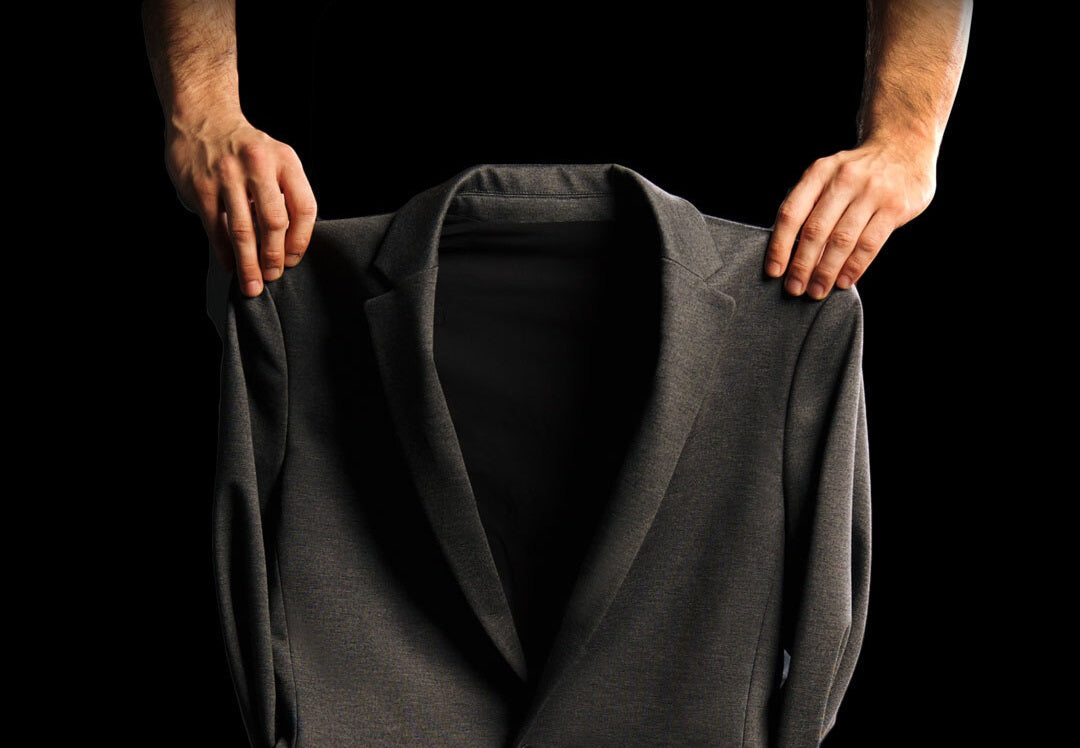Do you know how to match colors with clothes? What's the color pallet you'll never go wrong with? It seems easy, but getting colors that match well and complement each other is a bit of an art, and takes practice to get right. In addition, choosing a good color mix will help you to save money, by buying less clothes and being able to match them in more ways.
While in fashion there is no truly one right and wrong way for all situations, there are definitely some principles that will help you when stocking your wardrobe and choosing what you want to wear. This guide can help you get an idea of the Basic colors every man should have in his wardrobe, and why.
1) Lean Towards Neutral Colors
When in doubt, neutral colors like black, white, grey, beige, tan, and navy will give your wardrobe the most flexibility and versatility. Therefore, they should be the go to when starting a minimalistic and efficient wardrobe that shows quality and care. Regardless of your age, skin tone, or body type - neutral colors are essential to any wardrobe and can give you the base you need to always look and feel great.

2) Textures and Patterns
One way to diversify your clothing variety is to buy some different textures and patterns that look great with any combination and style. In general, it's best to stay away from trends like plaids and flower patterns that are hard to match. Instead, some simple and subdued stripes and checked patterns are a good go-to, especially for shirts that can combine well with different types of outfits.
3) Contrast is key
Having some contrast in your outfit is a perfect way to give it a “pop” of color that can make you stand out in a good way, without overdoing it. Using complementary colors in general is a safe way to do this, although a bit of a new color for the season or occasion can be a welcome and fun add-on. An additional tip is to try using colors that contrast more with your skin color - so for lighter skin colors some dark options can stand out better, while darker skin colors would be the opposite.
4) Consider the Occasion
As mentioned, different seasons and events can provide the ability to add some fun enhancements to your wardrobe. This doesn’t mean that you need to wear an ugly Christmas sweater around, but you can put some flair of color to your shirts and accessories – having some red, blue, and green in your wardrobe will cover nearly every occasion. In addition, the type of event you are attending will have some impact on the type of clothes that you’ll want to wear for the situation. For more, check out our recent post about the difference in dressing for casual, smart casual, and business casual situations.

5) Match Leathers and Metals
Bringing leather and metal into your wardrobe is a bit more advanced, but can look nice if done well. The main challenge with incorporating these is that if they don’t match, your outfit may clash and not look ideal. But it can also be fun and add a bit of personality into your look. A good way to start is by incorporating a leather jacket or nice watch into your attire, both of which are easy to do and can also be affordable.
6) Consider Body Shapes
Most people know that darker colors are good for people who have a bit more weight on them, but they also tend to make people look shorter. For people with a bit larger body types, a blazer jacket over a nice shirt (even a lighter one) is a good way to look slimmer. Meanwhile, for people with thin body types, light color clothing with stripes can be good.
In the end, the most important thing is to feel confident and comfortable with what you are wearing, so if you prefer a certain color that makes you look good, feel free to add more of it on! These are just some known ways that in general can help when starting to build out a wardrobe. If you don’t know what to wear, a focus on contrast and neutral colors is a great way to start with an easy way to look and feel great.
******************
Want more color specifics about selecting a suit in black, navy, or grey? We’ve got you covered with a full guide about it here: What Color Suit Should I Get – Black, Blue, or Grey? | xSuit


